By David Dunlop, 4 June 2024
At CANSEC 2024 SeaSpan Shipyard presented its cutting edge design for Canada’s New Polar Class 2 Heavy Ice Breaker project. Also, in another development, South Korea's Hanwha Ocean has teamed up with Canadian firm CAE Inc. and signed Memorandums of Understanding with Canadian firms Gastops and Curtiss-Wright Indal Technologies with regard to collaborating on the Canadian Patrol Submarine Project (CPSP). It is interesting to note that CAE is already working with Lockheed Martin on the CSC Type 26 Frigate Design. This in no way means that these companies will have the 'edge' with CPSP which is now in the definition phase to acquire the replacements for the submarine replacing the Victoria class submarines. The ROK KSS III submarine is only one of many options that Canada is now considering.
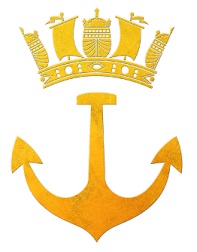
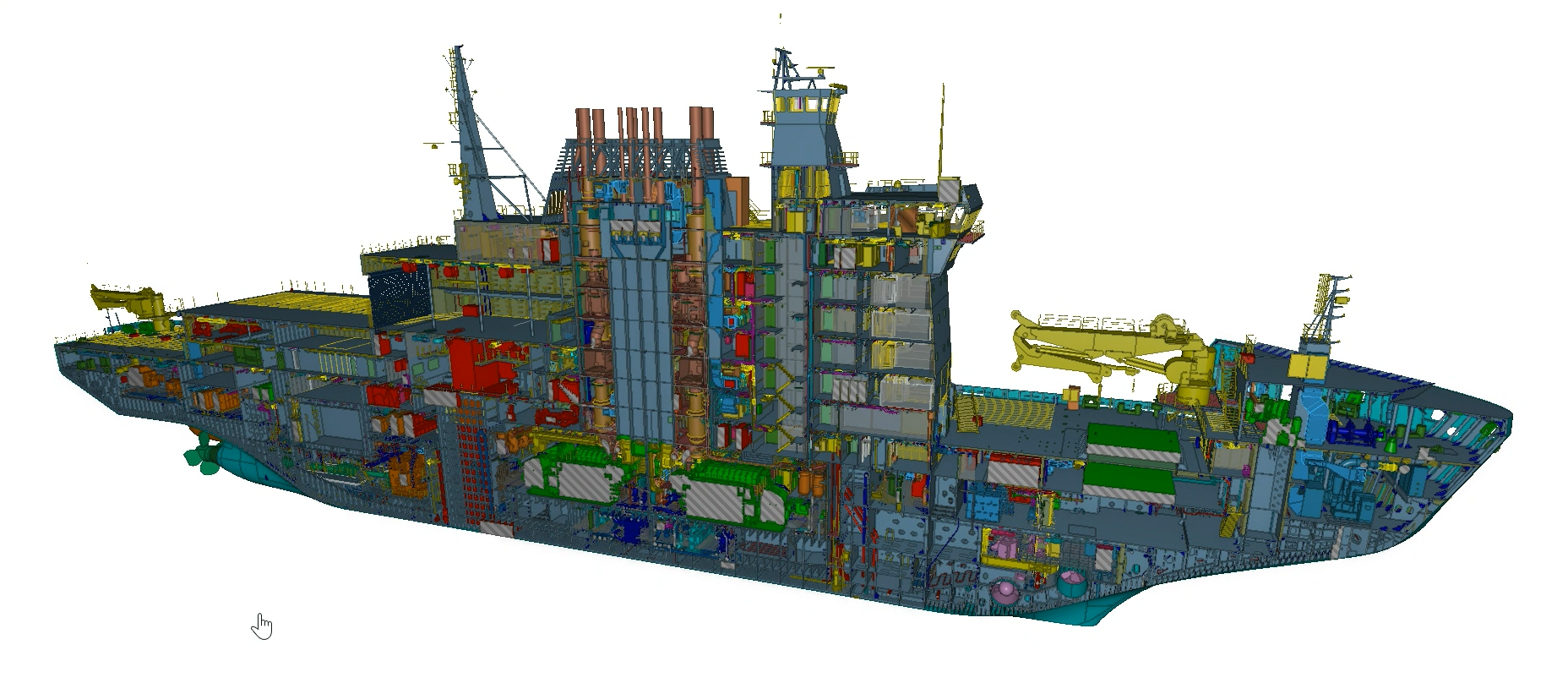
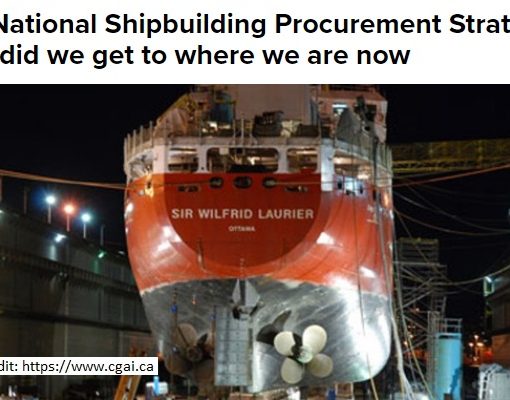
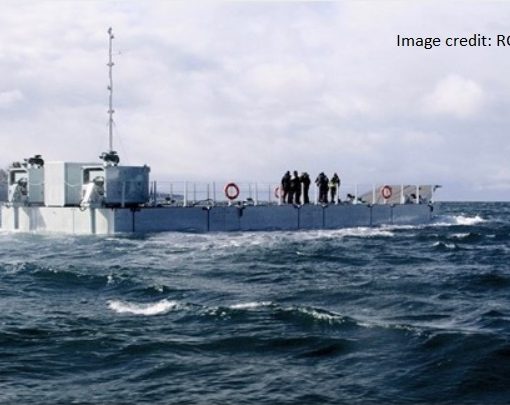
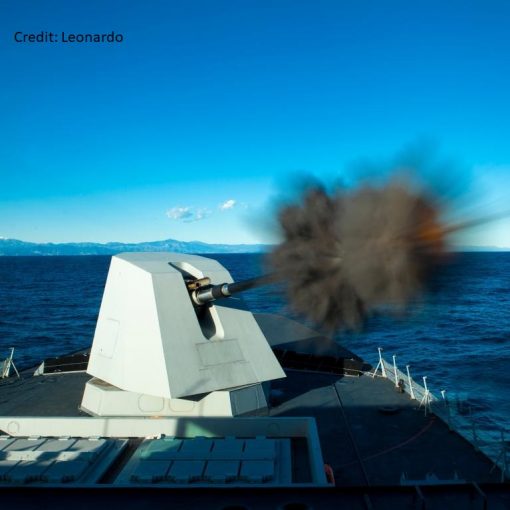
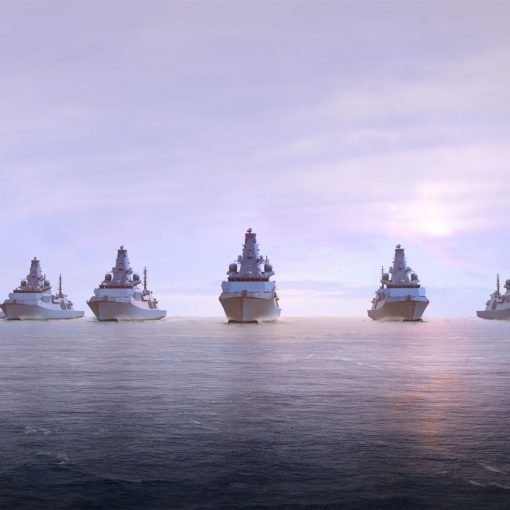
17 thoughts on “Seaspan Polar Class 2 Heavy Icebreaker and Hanwha Ocean Submarine Team-ups”
“Hanwha Ocean teams up with Canadian firm CAE Inc. and signed Memorandums of Understanding with Canadian firms Gastops and Curtiss-Wright Indal Technologies with regard to collaborating on the Canadian Patrol Submarine Project (CPSP).” All very interesting … But… has the Hanwha Ocean KSS-III been tested and certified as arctic capable 24/7.. 365 ?
Excellent question Brian, and one that has to be addressed. I suspect not, and probably the main reason why Canada will not select the ROK KSS-III from Hanwha Ocean as its replacement for the Victoria class submarine in the end. Can the KSS-III reach the high Arctic and perform at least 3 weeks of patrols up there. Pushing through the heavy ice is very difficult up there even with the best of conditions in order to prove our sovereignty. It’s just not going to happen with that submarine class. Is there an AIP or LIB submarine out there that can at least pull that off? I just don’t know. Perhaps other Forum members could help us out here and answer that question, or is the SSN the only option to accomplish that feat? Cheers!
It is not a well reported fact, but for years the RCN operated its O-Boats under the ice in the arctic. This was confined to the outer edges of the ice pack, and such patrols certainly were not conducted on a regular basis. According to the Canadian submariners I have discussed this with, these occasions were fraught with danger and power ‘brown-outs’ were frequent. But this belies the argument that Canada has never operated its submarines under the ice.
Interesting “tidbit” from true Canadian hero’s Dan. It would be interesting to know how far north they got and what ice conditions were encountered. I suspect it would be first year ice only and perhaps at or just below the Arctic Circle. If they were having frequent “brownies” as you say, then at least the “O” boats were not very effective. It would be interesting to see if the Victoria class subs ever tried this as well, and how far they got before having to return. Probably a well kept secret though and we will never know of course.
Operating at the ice edge and a few miles in is very different from operating under the pack ice in winter and a whole different matter of surfacing through it. Submariners are famous for embellishing their exploits.
Hello Ted. As I said to Dan, probably still a well kept secret and, we will never know of course. But still, from a submariner perspective, it would be interesting to know if a Victoria class had attempted that feat as well and how successful they were (or not). I can almost guarantee that at some point in their history, it was tried by one or two of the Victoria class, but again….we will never, ever know (the Silent, Secret, Service (SSS)-embellishments and all!
Not likely we are getting nukes though so best to concentrate on the U212CD/KSS3/A26/Barracuda.
Wayne. Do you really believe that SSNs carry Nukes? Nothing could be further from the reality for all Western SSNs. SSNs are “nuclear powered” only and will never carry SSNs. Full Stop!
nukes as in nuclear powered
To Wayne:12 June 2024. “Nukes” as you say, Wayne, are just submarines with a different power source as opposed to SSKs with AIP or LIB power technology. The only difference between them is how they get to where they want to go. SSNs leave harbour and don’t come up until they reach their next port or home port. That could be anywhere between 3 weeks to 6 months. An AIP or LIB sub can never do that (at least not for the next decade or two). Can a modern SSK surface in multi-year ice? Absolutely not. Will they be able to mimic an SSN in the future? Possibly….in the very distant future.
I can’t reply to the other comment but the cost and manpower requirements as well as some of the stringent standards will probably preclude us from getting SSN in the near future. We would need an interim SSK anyways unless we were to man US boats. I don’t see multi year ice as a factor though as there isn’t much of that left.
I hate to be negative here .. but, my fear is that when and where you don’t have the obviously required functional Arctic operational capability, you partner up with those who have an inside track with connections and attempt to force a boat purchase on the RCN through those political contacts. In this case politicians who are more focused on trying to galvanize political ties and industrial links into the Asian Pacific. Textbook rules for defence industries in other countries who are attempting to gain favour in Canada and ink up orders on their books and broaden the customer base while militarily naive government managers and politicians in Ottawa fail to ensure that our sailors have the best and most up to date equipment going forward to defend this democracy and that of our allies.
Re: AOPS. My sources in “another department” in Ottawa, advised that these boats were from the outset to be as pacifist looking as possible in thei Arctic assignment .. a strictly constabulary assignment, assistance to the civil powers while being “Navy in appearance” with a small caliber forward deck gun. They are essentially Coast Guard or RCMP patrol boats in Navy paint. They have no, as in zero, capability of detecting a Russian, Chinese or even a US submarine parked under it for that matter. They are expensive flag waving sovereignty assignment boats with 0 ASW or EW capabilities. That is it. I’d hate to see Ottawa purchasing submarines with the same mindset. It will be an embarrassing day in the future for all of us, when the US Navy and Aussie SSN’s decide to run a joint training exercise patrol into and under Canadian Arctic ice because they can and because they have to and because Ottawa has not the political will to actually defend Canadian sovereignty claims and the RCN can’t.
The Polar Class 2’s ‘Design’ weight displacement of 26,036 tons may or may not be the full-load weight. I suspect more likely that weight may come in heavier at perhaps 28-30,000 tons. In any case, the CCG’s largest ship ever, and one of the largest in the world to be sure.
Reply to wayne of 13 Jun 24.
Good morning Wayne,
You make a very valuable point about how much ice capability will the RCN actually require in the future given the possible effects of climate change.
I would just like to mention though that when/if the Atlantic Meridional Overturning Circulation collapses, and depending on what the end results of that collapse are, we could perhaps see the Arctic Ocean starting to freeze over again. This result of climate change could be a game changer for Canada, and the rest of the world.
Unfortunately, the science involved is so complex and the available data and modeling so limited that we cannot be sure when or if the collapse will occur. A great deal more research is required of this topic in order to guide the choices that Canada and the CAF make for future capabilities and equipment.
Ubique,
Les
Les, if that happens, whether we have SSN’s or SSK’s will be the least of our worries.
Good morning Wayne,
I firmly believe that you are absolutely correct.
There is so much that is unknown about the Atlantic Meridional Overturning Circulation’s (AMOC) evolution and likely future actions that we must do include much more research starting now in order to be ready for whatever happens, and perhaps to finally take the needed actions on climate change (if still possible). So little is currently known about the AMOC that I have read in seemingly-reputable press articles that it could collapse as early as 2025, or by 2095, or sometime in the 2100s!
The direct impact of such a collapse could be far worse for Europe and the tropics than for Canada. However, the indirect effects could be shattering for every human. These possible outcomes do not even consider the likely impacts of an AMOC collapse on the other ocean currents.
Canada’s entire defence paradigm may be about to change. But, we simply do not know when, if, and by how much and there are still those who deny climate change and claim that it is only a Chinese hoax!
Only intense, sustained climate research starting now will give us an idea of where we are going and how to prepare for the journey.
Ubique,
Les
Hello,
I think that this should be a clue to the best course of action:
“…I have read in seemingly-reputable press articles that it could collapse as early as 2025, or by 2095, or sometime in the 2100s!”.
Given the complexity of our planetary’ system and its seeming chaotic response to small changes in conditions, treat this information as the noise that it is.
I have no problem with research, good research is valuable. But I would like to see efforts in making us adaptable to changing conditions. The human race’s greatest advantage is its adaptability. If climate patterns get warmer and some ice melts, adapt. If they get cold and icier, adapt. We should build up our capability to adapt, not just lament the noise.
Regards